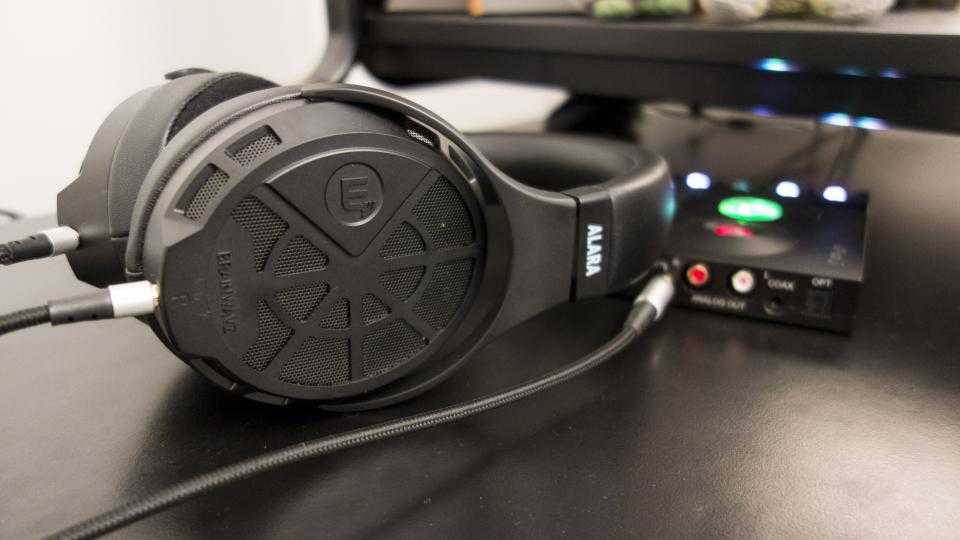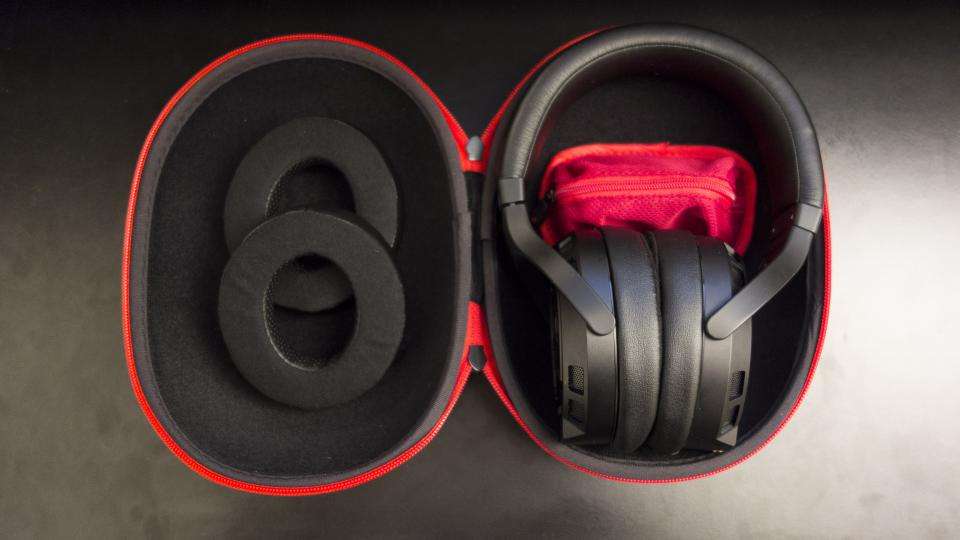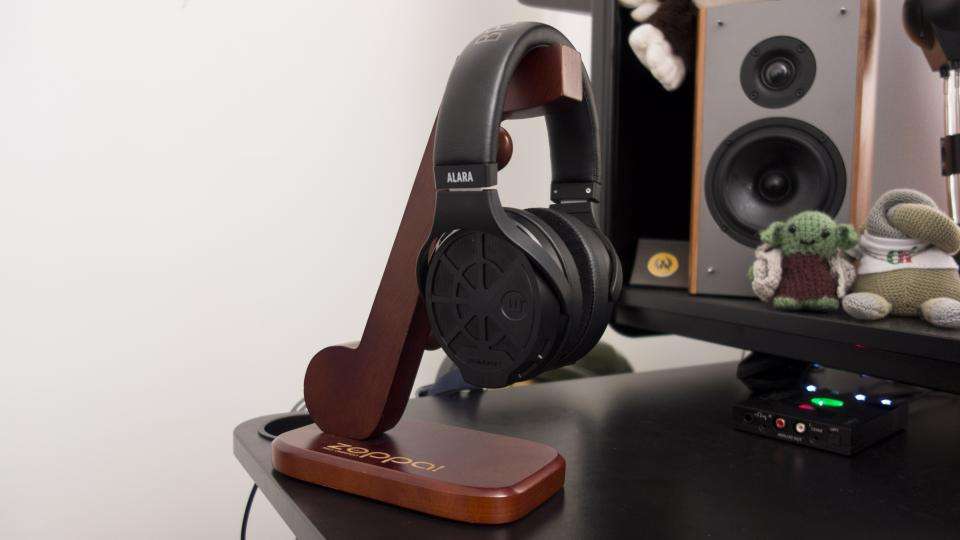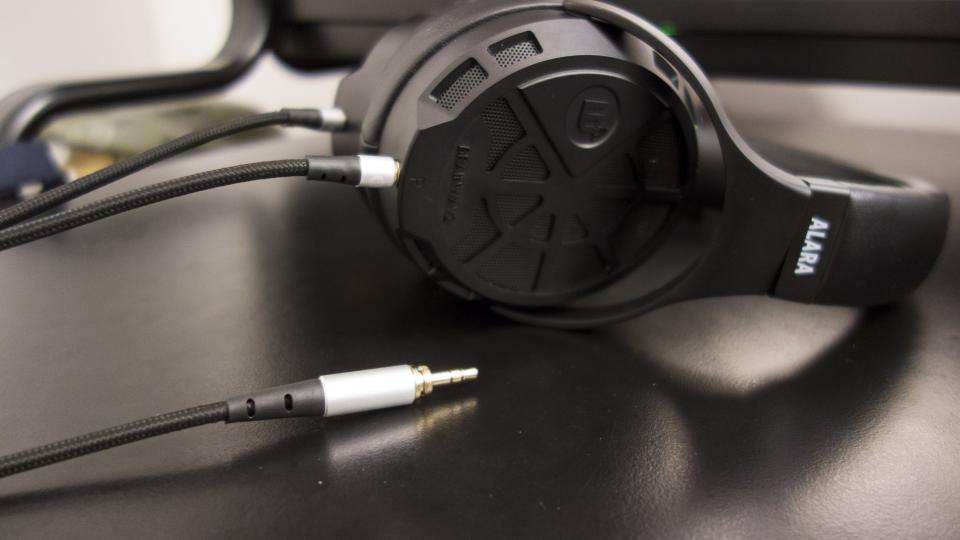You might not have heard of Brainwavz, but the Chinese manufacturer is building up a very credible portfolio of headphones to suit various roles, and at tempting prices. The Alara are its most expensive pair to date, and they’re also Brainwavz’s first headphones to use planar magnetic drivers. These promise lower levels of distortion than regular dynamic drivers, plus a very fast response that gives music a sense of energy and precision.
There’s plenty of planar magnetic headphones out there already, but at £390 the Alara are situated very much towards the cheap end of the market. The question is, how do they sound?
READ NEXT: Our pick of the best wired headphones
Brainwavz Alara review: What you need to know
The Brainwavz Alara are open-back, over-the-ear headphones with planar magnetic drivers for a clean but vibrant tone. These cost more to manufacture than regular dynamic drivers, but Alara has managed to keep the retail price comparatively low.

READ NEXT: The best budget headphones and cheap earphones you can buy
Brainwavz Alara review: Price and competition
Many planar magnetic headphones cost in excess of £1,000, but if you don’t want to spend that sort of money there are plenty of more affordable options. The Alara’s most direct planar rival is HiFiMan’s supremely comfortable open-back Sundara , which can be had online for £448. Other budget options worth considering include the Audeze Mobius at £335 , the Monoprice Monolith M1060 at £280 and the HiFiMan HE400S at £226 .
There are some impressive dynamic driver headphones that you shouldn’t dismiss, either. Grado’s SR325e at £300 are still a fan-favourite for rock music, while the Sennheiser HD 660S at £400 boasts an impressively wide soundstage.
Buy now from Brainwavz
Brainwavz Alara review: Build quality, design and comfort
The Alara’s simple looks are quite classy, with all-black casing and a metallic web frame around the drivers. A 2m woven cable plugs in at both sides, terminating in a straight gold-plated 3.5mm plug, and a 6.35mm adapter is included in the package, too.
The earpads are made out of hybrid velour and perforated PU leather; the padding is reasonably comfortable, and won’t get sweaty after hours of use. If you do manage to burn through the pads, they’re easily removable, and there’s a spare pair in the box.

There’s just two aspects of the design that I’m lukewarm about. First, thanks to the metal construction, these headphones are somewhat on the weighty side. They’re still lighter on the head than the Audeze LCD line, but they can’t compete with the floaty-feeling Sundara.

The other potential issue is that the headband only affords limited adjustment. I’d say I have a medium-sized head, and when I test headphones I normally need to extend the band by a few stops for a comfortable fit. With the Alara I have to use the smallest setting – so if your head’s on the small side, you may have difficulty wearing these headphones correctly.
READ NEXT: Our favourite wireless in-ear, on-ear and over-ear headphones
Brainwavz Alara review: Sound quality
The Alara’s planar magnetic drivers operate a bit differently from the more common dynamic drivers, using a large flat diaphragm rather than a magnetic coil to reproduce the sound. As we’ve noted, this tends to give music a snappier character with very low distortion.

Some planar magnetic headphones need to be paired with a dedicated headphone amp, but the first thing I noticed about the Alara is that they’re very easy to drive: in fact, they’re loud even when connected to a smartphone. I know that’s audiophile blasphemy, though, and it slightly misses the point, as these headphones are designed to stay at home. For testing therefore I plugged them into Chord’s Hugo 2 DAC, and listened critically to a variety of songs across multiple genres.
Across them all, the Alara proved exciting, punchy and surprisingly good at delivering a pronounced rumble. Throw on Big Bank by YG and you really feel the sub-bass pounding away in the background. For open-back headphones, the extension is quite remarkable, putting me in mind of the Audeze LCD2 and LCD3 headphones. Those are some of the best open-back headphones for bassheads, so that’s high-praise.
The Alara’s mid-bass reproduction is no slouch, either. Chromeo’s Don’t Sleep has a rich throb that won’t leave you wanting more, while those aggressive, fast-paced drivers keep the energy levels pumping. The HiFiMan Sundara, by comparison, has a more refined and controlled sound.
As for the mids, they’re a touch subdued, but very precise. The highs extend valiantly, and with no audible sibilance they’re not at all fatiguing. By comparison, the smoother sounding Sundara feel slightly rolled off at the top end.
In all, the Alara headphones have a distinctly warmer overall sound than the Sundara’s. That’s not necessarily a bad thing, but if you’re seeking a neutral tone, the Alara probably isn’t the right choice.
The Alara doesn’t sound quite as open as the Sundara either – though by open-back standards the soundstage still has an impressive sense of airiness, with good width, depth and instrument separation. It definitely lacks the meaty tonality of my preferred closed-back headphones however, those being the Denon AH-D2000, with D5000 dampened cups.
The open-back design also means that isolation is limited, but compared to the Sundara and other similar headphones, the Alara keep out external noise surprisingly well.
READ NEXT: Best DAC: Elevate your listening experience and enjoy crystal-clear audio
Brainwavz Alara review: Verdict
These headphones are ideal for anyone seeking great-sounding audio with a fun character rather than a studiously neutral one. For EDM in particular they sound fantastic.
Buy now from Brainwavz
They’re not quite perfect: the headband won’t fit everyone, they’re a little heavy and the sound isn’t quite as airy as some rivals. Even so, the Brainwavz Alara provide a tremendously enjoyable listening experience, and for a pair of planar magnetic headphones, £390 is a great price.
